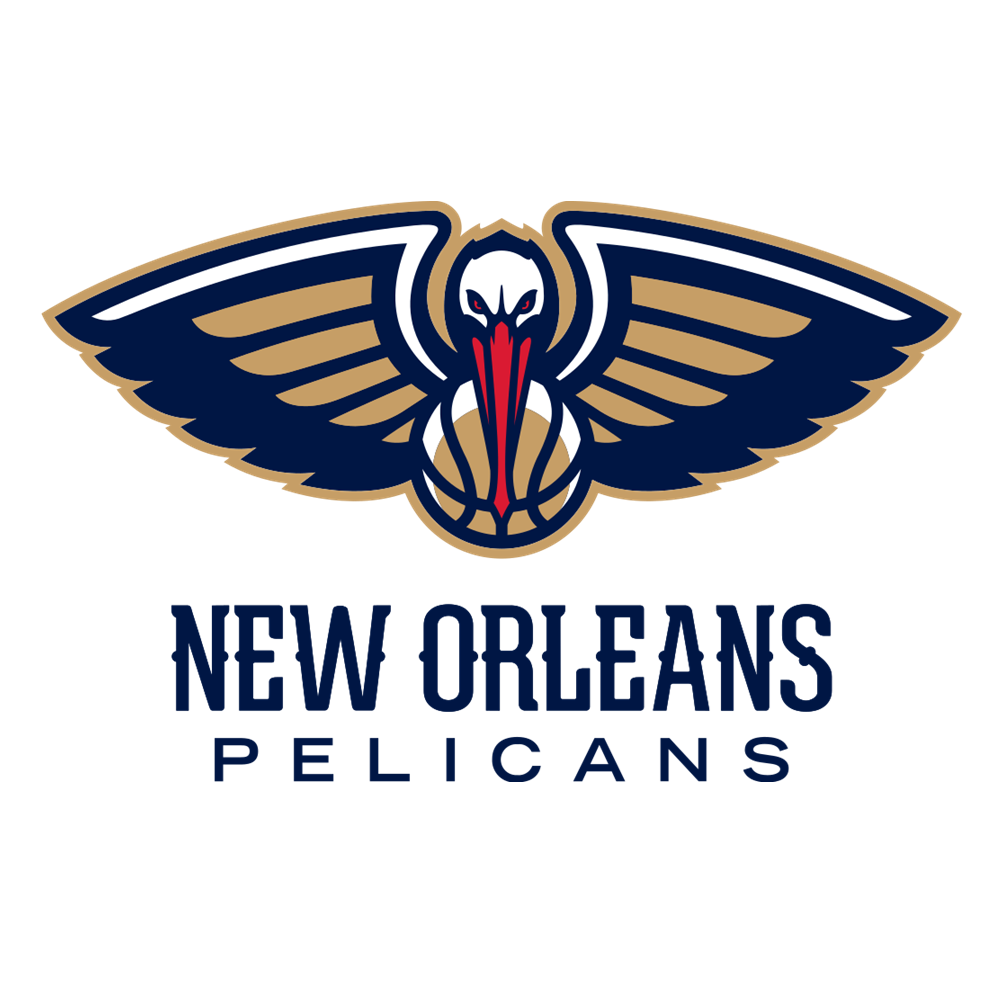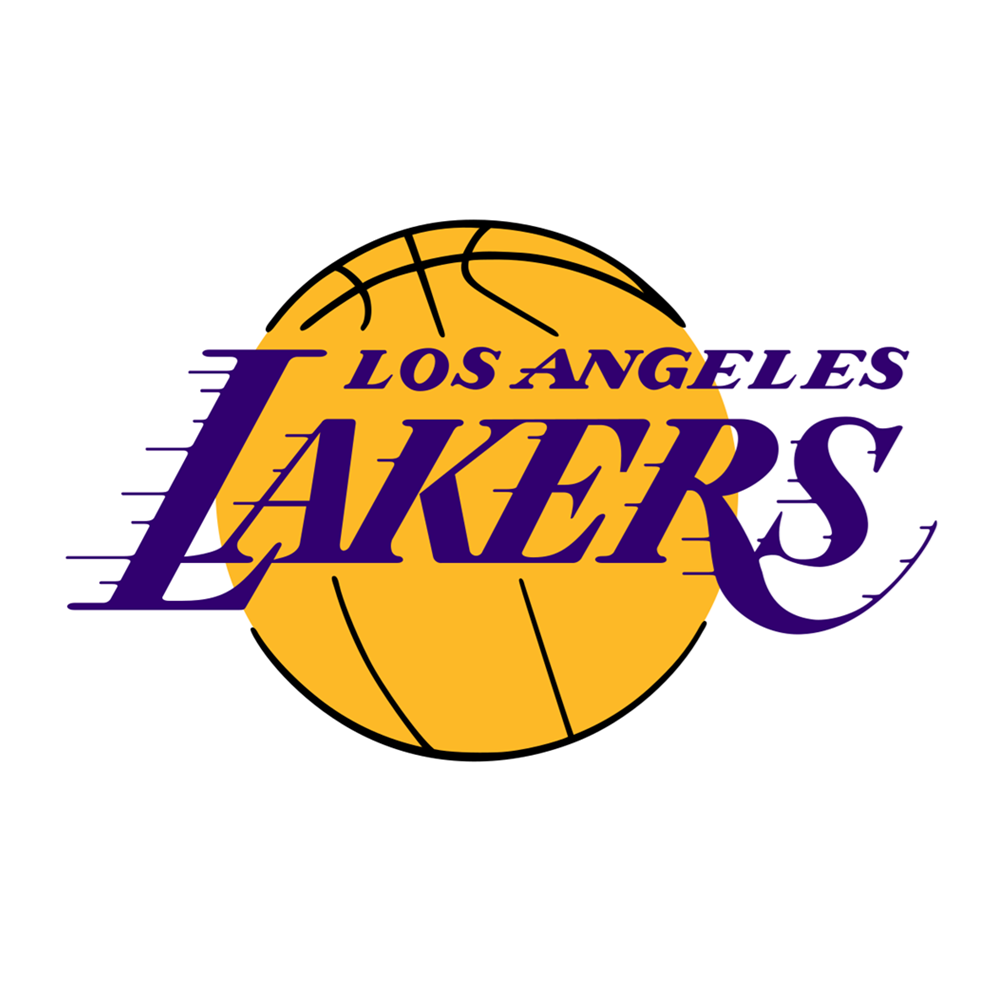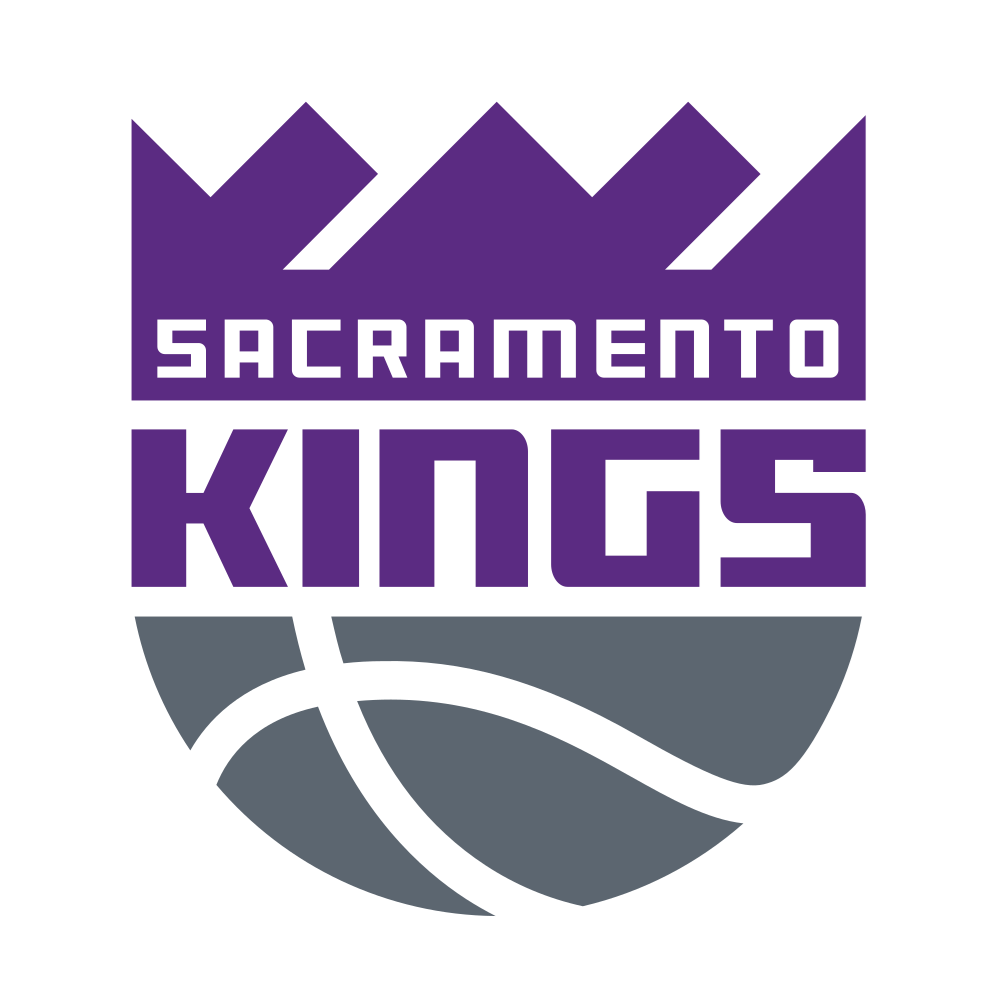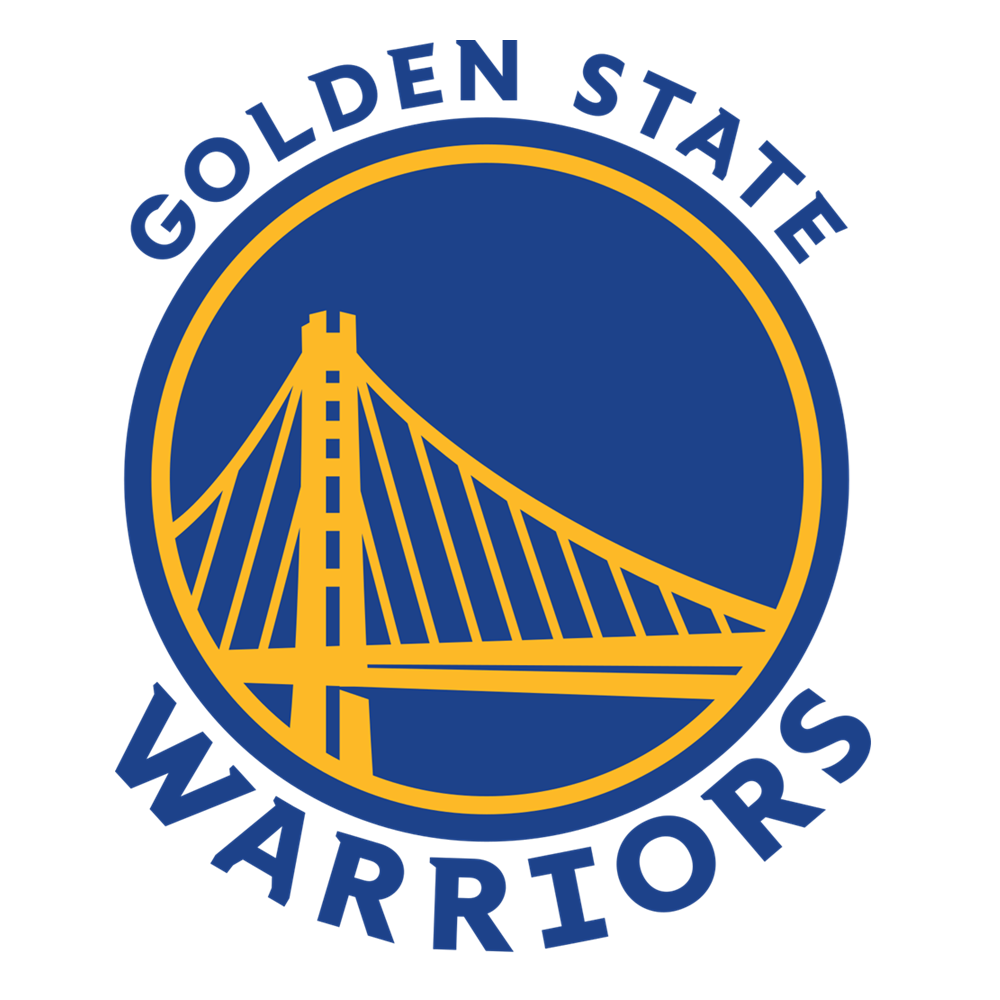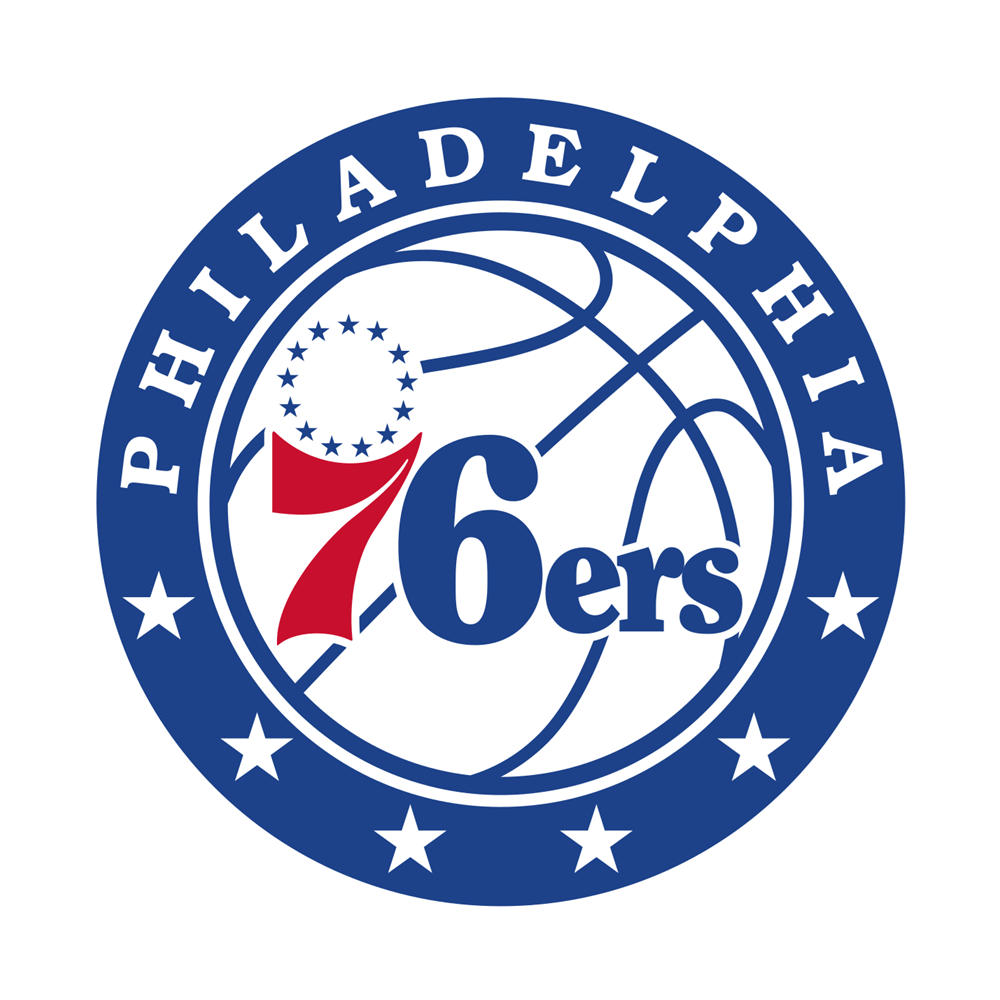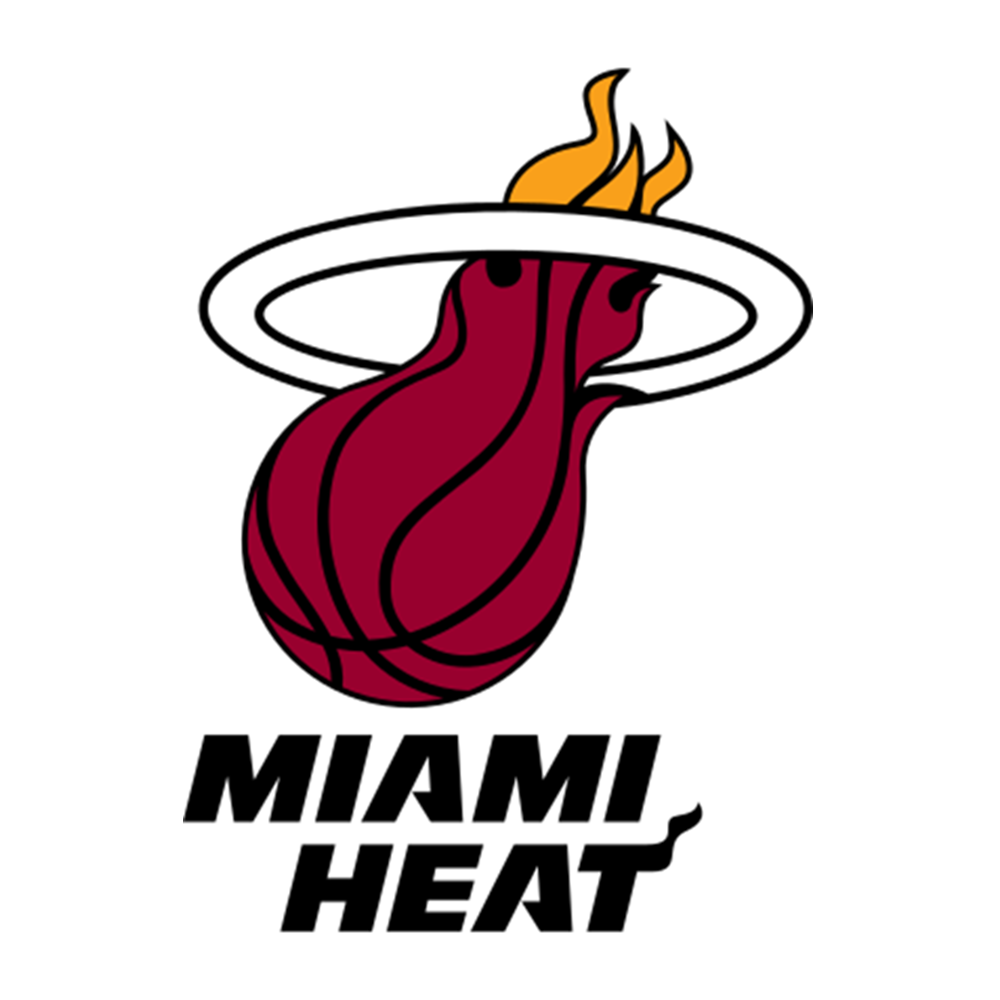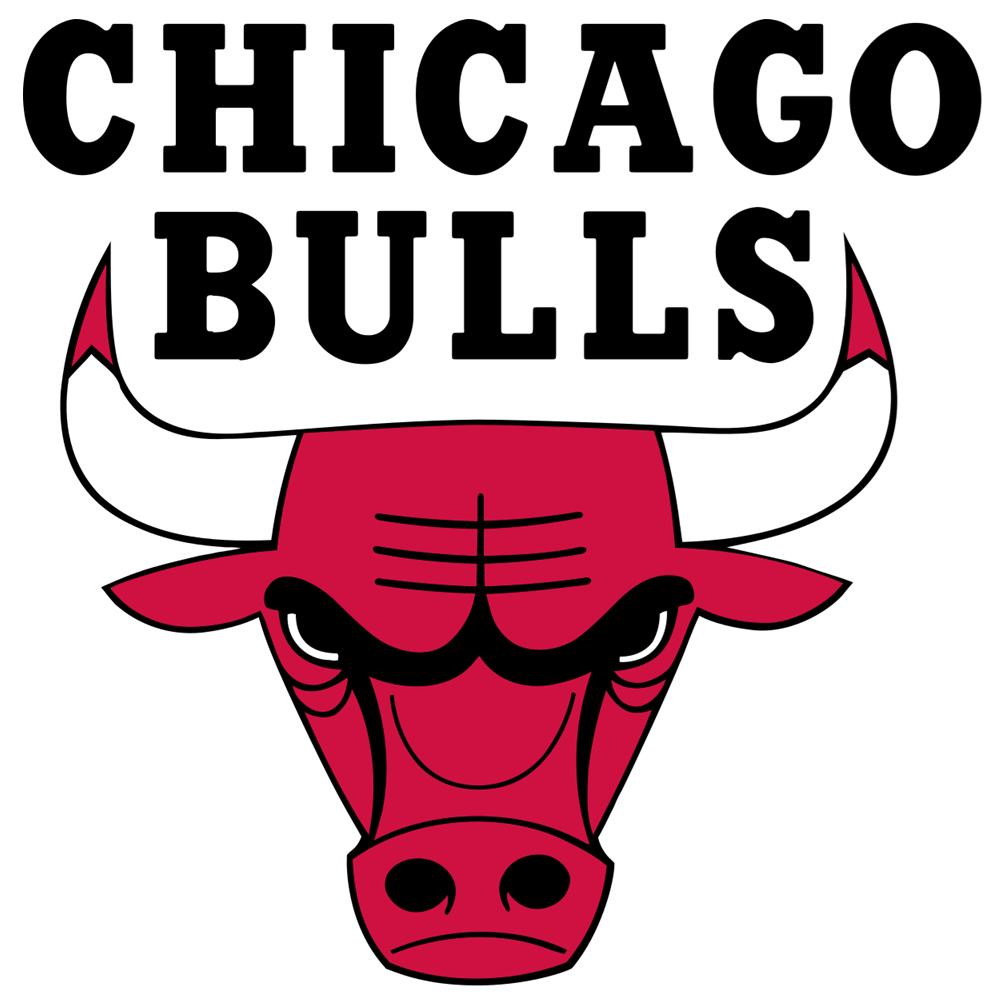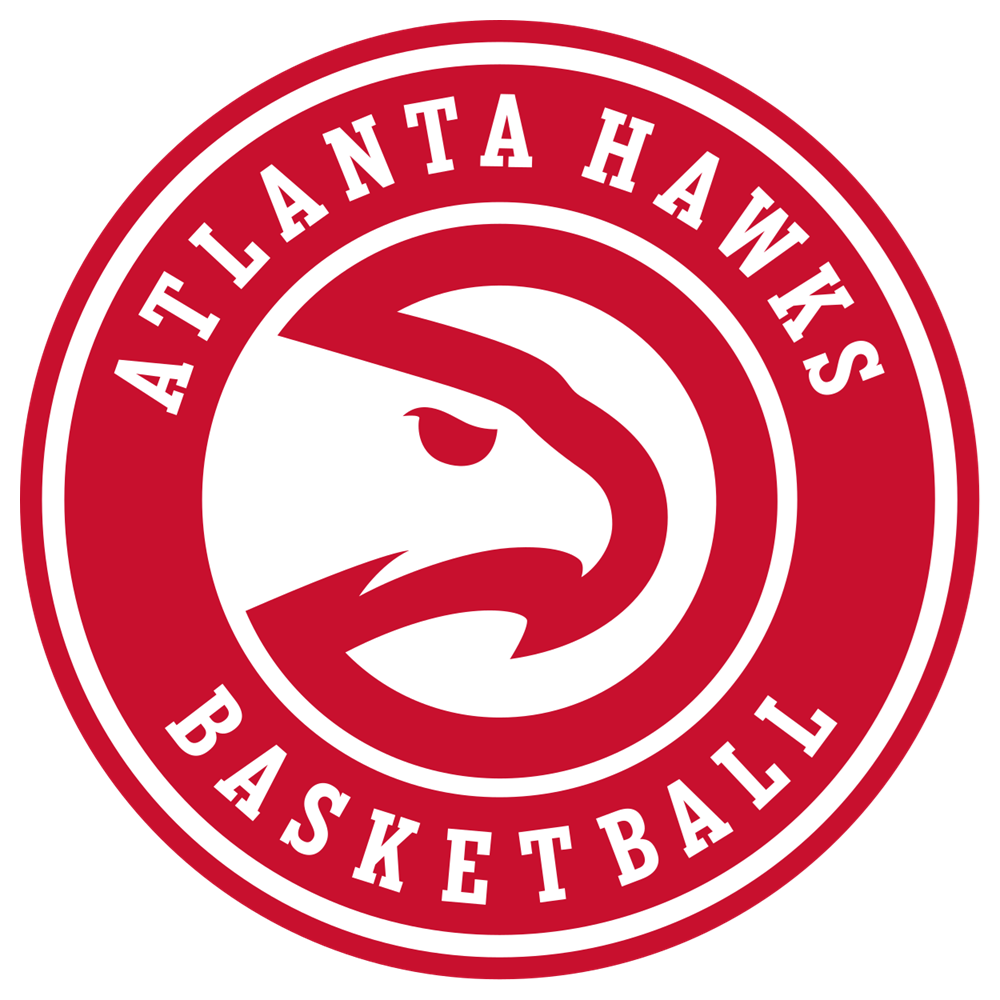By now, most NBA observers are aware of the strategy deployed by Sam Hinkie with the “Trust The Process” Philadelphia 76ers. Acquire as many draft picks as possible, so as to get as many bites at the apple as possible. If a pick would bust, there’d always be a backup, and if several picks would hit, they would improve the organisation overnight.
So far, the strategy has wielded Joel Embiid, Ben Simmons, and Markelle Fultz, while allowing for a miss such as Jahlil Okafor. For other franchises, missing on Okafor would have been a back-breaker, but with Philadelphia, it was an affordable loss given the flow of incoming picks in later years.
The Atlanta Hawks came into the 2018 NBA Draft with three first-round picks (#3, #19, and #30) and a second-round pick so high (#34) it might as well be a first-rounder. Being armed to the teeth in a deep draft can turn a franchise around quicker, which is always attractive to owners and fan bases. If nothing else, it provides the organisation with a foundation of youth which can develop into the pillars of the franchise down the road.
That’s why potentially missing on all four of their picks, as they did Thursday, is kind of a big deal.
The Hawks chose Luka Doncic at #3, but shipped him to the Dallas Mavericks for #5, where they took Trae Young. The Hawks did receive a 2019 first-rounder from Dallas in the trade, and the top five protection it carries adds intrigue to next year, where a year of Doncic in Dallas likely removes Dallas from the top five.
When gauging the talent of Doncic, you easily find a world wherein the trade down was not worth it, even when factoring in Young’s upside. Young is an outstanding offensive talent who has been compared to Stephen Curry, which is an entirely unfair expectation to put on a 19-year old, but even if Young only becomes half of what Curry is, that player is at least a fringe All-Star. While Young has question marks in regards to his physique, his shooting and playmaking ability certainly looks transferable. But Doncic is arguably the best player in the entire draft.
The question therefore is, could the arrival of Doncic (who is perhaps the most NBA-ready prospect in the draft) lift Dallas so high that the conveyed pick slips out of the top ten? If so, the return for Atlanta is at best questionable, especially considering how next year’s draft is projected to be weak.
The problem here lies not with the selection of Young, but solely with the Hawks having a chance to take advantage of Sacramento’s incompetence by selecting Marvin Bagley over Doncic at #2, and then willingly moving the Slovenian in a trade afterwards. There’s a legitimate Jack and the Beanstalk angle to this trade, but without the component of actual magic. The Hawks just got beans. No stalk, no giant in the clouds, no adventure. Just beans for a thoroughbred stallion and a lifetime of regret
At #19, the Hawks were on the clock again with names such as Josh Okogie, Robert Williams, and Elie Okobo still on the board. Instead, the Hawks took Kevin Huerter from Maryland. Huerter is by no means a bad pick and comes in with the potential to become a secondary ball-handler, but it was the second reach by the Hawks on draft day. Huerter’s physical profile is far from inspiring. He had the eighth-highest body fat percentage at the combine and sported a T-Rex like 6’7.5 wingspan to his 6’7.25 height, thus lowering his potential as a defender.
Okogie on the other hand, selected one pick later by the Minnesota Timberwolves, is not just more impressive physically with his 7-feet wingspan in a 6’5 frame; he also projects better statistically and athletically. Okogie was tied for first at the combine in max vertical, measuring out at 42 inches, and he led the combine in the three quarter sprint. He played in a tougher ACC conference, and sported a better REB%, BLK%, STL%, PER, and a lower TOV% than Huerter, while attempting 403 free throws during 2,014 minutes in his college career, compared to Huerter’s 127 in 2,072 minutes.
Okogie has the potential to turn into a one of the most dynamic two-way shooting guards in the entire league, whereas Huerter’s best case scenario is that of a productive offensive wing, who will space teams out with his shooting.
The Hawks would also wrap up the first round with the final pick at #30, where they selected Villanova big man Omari Spellman, who just came off a NCAA Championship run. Spellman is an intriguing spot-up option, averaging 1.409 PPP (99th percentile) on spot-ups in his lone college season. Spellman redshirted due to academic issues from not graduating high school, and spent his first year slimming down from a 300-pound frame to a combine weight of 253. Turning 21 next month, however, there’s a ceiling to Spellman, who comes into the NBA with just 40 NCAA games under his belt, suggesting a steep learning curve which isn’t optimal at that age.
Spellman had the second-highest body fat percentage at the combine at 13.75% and measured out at 6’9.25 with a solid 7’2 wingspan. He was fourth-worst in lane agility, seven-worst in the shuttle run, and second-worst in the three quarter sprint. These numbers are concerning.
They do come with the caveat that Spellman’s weight is a work in progress. As he continues to lose weight, which he’s shown a frankly impressive ability to do, he could make physical advancements that’ll warrant the Hawks choosing him in the first round. However, with Okobo somehow still on the board – which is a topic for another day – as well as center Mitchell Robinson, who by all accounts is an athletic marvel (he didn’t attend the combine), Atlanta had higher-ceiling options there as well, which ultimately is the crux of the issue with the Spellman selection; they decided to bet on an older player with physical issues, ultimately putting their faith on sheer hope, instead of looking at younger options who projects to have higher ceilings.
If they were keen on Spellman, they could have chosen him at #34 and gone with someone else at #30 who would have made more sense. Ultimately, this is the issue with the Hawks' draft strategy - with all three first-round picks, they never seemed to take the players with the highest ceiling.
At #34, the Hawks instead chose Devonte’ Graham, again ahead of Robinson and again ahead of younger alternatives such as Gary Trent Jr, Isaac Bonga, and De’Anthony Melton. Instead of keeping Graham, however, Atlanta traded him to the Charlotte Hornets for two second-round picks in 2019 and 2023, kicking the can down the road which may or may not prove beneficial. The 34th pick is so close to the first round that a severe drop in the returning picks when they convey can make a significant difference. Ultimately, the Hawks would have been better off just swinging for the fences on the remaining talent available, given the depth of this year’s class.
For the record, it’s clear what Atlanta is trying to do. Their three selections all come with one major strength, which is the ability to take and make three-point shots. If Atlanta is aspiring to become the Warriors of the Eastern Conference, that’s fine. But Golden State made sure to get essential talent established first, so the structure could be built around that.
The Hawks are hoping Trae Young becomes the talent that’ll be able to carry said structure. But if he turns out to not be that player, Atlanta is going to look back on Thursday night similarly as the Brooklyn Nets look back at 12th July, 2013 and ask themselves what went wrong.
